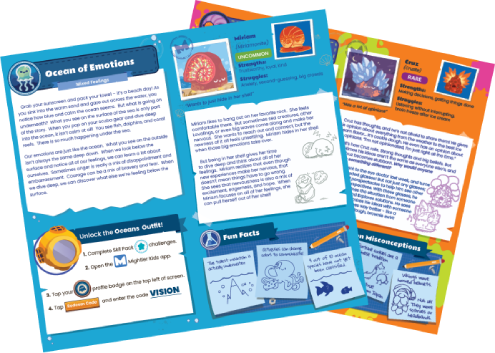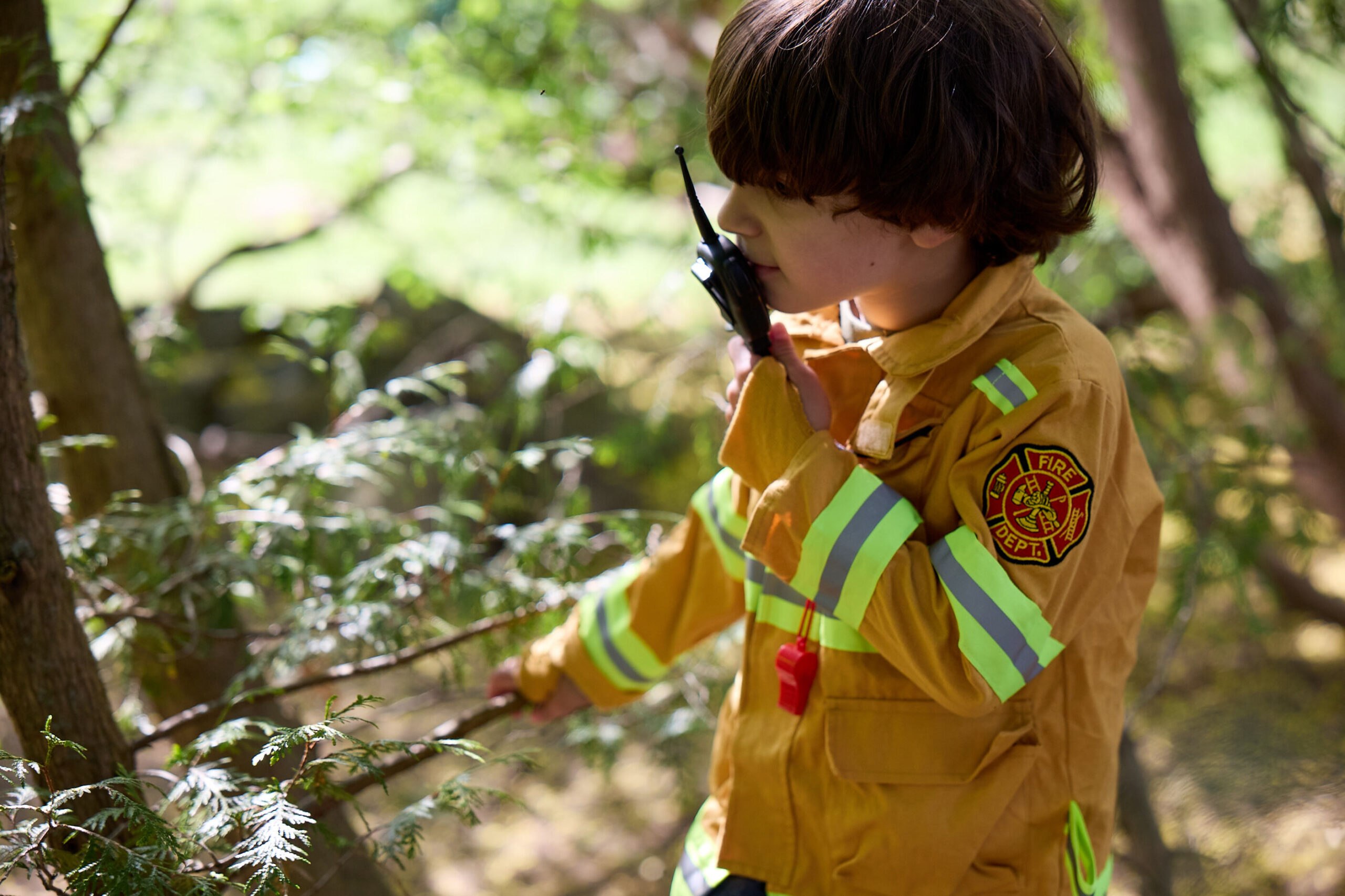
Gratitude is complex. It’s an emotion, an expression, a reflection, and a connection. Research has shown that gratitude has links to mental and physical health benefits, as well as to positive behavioral and social patterns. But true gratitude can be a difficult emotion to experience. It is a feeling that the brain has trouble naturally transmitting.
Feeling grateful means acknowledging on a deep and vulnerable level that someone or something has acted in a good or meaningful way. It’s an awareness of thoughtfulness and positive intention; a feeling of connection and appreciation. Gratefulness, this deep feeling of thankfulness for something outside of yourself, serves to help you feel emotionally connected to people, things, and even a broader purpose in the world.
Gratefulness is also an expression. Feeling grateful is one thing, but showing someone how deeply you appreciate and value them or their actions is another. This takes vulnerability. Making an effort to fully convey how meaningful something was, and doing so in a way that resonates with the giver, takes thought and intention. It moves the feeling of gratefulness outside of yourself and into a dynamic and social context.
In the context of mental health, and the common feelings of loneliness, anger, jealousy, and blame that can spiral out of depression and anxiety, gratefulness is a tool that can help counteract this by building connection. At its core, whether through emotion or expression, gratitude requires that you don’t feel alone. It compels you to focus on something positive. It asks you to break down walls and to be open to the potential for good.
Sometimes feeling gratitude can be hard, and there’s a reason for that. People are primed to perceive and react to threats. This has allowed humans to survive. Certain parts of the brain, therefore, are very good at sensing danger (bear in a cave, threat to our social standing, or otherwise), and physiologically kicking the body into defense mode. At the starting point, this means that we are primed to seek out negativity. Assessing people and environments and looking for “threats” is an instinctual bias. This is why feelings and expressions of gratefulness might not always come easily. In a way, they are counterproductive to the survival instinct.
So how do you balance the importance of gratefulness with the difficulty of achieving it? The answer is practice. Feeling grateful in a natural and more automatic way, as well as attaining all the wonderful personal and social benefits that come with gratefulness, takes a bit of training. A good place to start in building a habit around gratefulness is to make a point to write three specific things (people, situations, experiences) you feel grateful for every day for 21 days. Write a note to yourself about how easily gratefulness seems to come before you begin the exercise, as well as how difficult the exercise feels in those first few days. Write these same notes to yourself after 21 days, and reflect on your overall feelings of happiness and social connection pre and post-experiment.
Practicing, and helping those around you to practice, will create more opportunities to experience gratitude in your day to day life. Check out our activities for helping children practice gratitude:

















